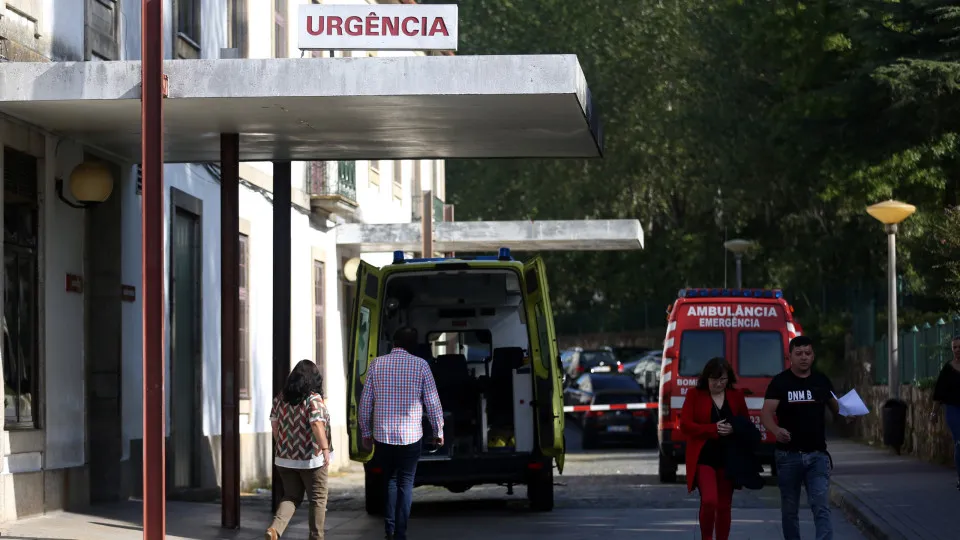
The findings were announced today by the Inspectorate-General of Health Activities (IGAS), which decided in May to conduct audits on 39 local health units (ULS) and three oncology institutes (IPO) regarding additional surgical production, that is, surgeries conducted outside the normal working hours of the teams.
Before conducting these audits, IGAS carried out a comprehensive survey to determine whether the additional production serves as an exceptional and complementary tool to the scheduled surgical activity aimed at reducing waiting lists or if it has been used systematically and recurrently.
“During the period analyzed, the total amount to be paid to the teams for conducting internal additional surgical activity in the audited SNS hospital entities reached 627,337,595 euros, showing a 51% increase between 2022 and 2024,” IGAS stated in a communiqué.
The inspection also concluded that although this regime is defined as exceptional and complementary to regular care activity, it is used “systematically as a tool to promote access to healthcare” by hospitals.
Of the 42 entities evaluated—39 hospitals and three IPOs—only the ULS of Guarda and Loures-Odivelas “did not engage in internal contracting with the services of various specialties,” IGAS noted, emphasizing that the internal contracting process in hospitals does not follow a transversal and mandatory model.
According to the conclusions, in about 70% of hospitals, additional production accounts for 30% or more of the total production, demonstrating the “systematic use of this tool as a response to unmet care needs not fulfilled by the regular activities of health units.”
In the ULS Amadora-Sintra, Trás-os-Montes and Alto Douro, and Castelo Branco, additional surgical production even represents more than 50% of the total production, indicating that the activity under this regime surpasses the regular activity (base production).
The ten health units with the highest value of additional production account for 48% of the total value of surgical activity undertaken in additional production between 2022 and the first quarter of 2025.
Orthopedics and ophthalmology are the areas with the highest cost in the total amount payable among the 42 entities analyzed, representing 26% and 21%, respectively, IGAS reports.
“The successive amendments to the legal diplomas regulating the payment of additional production in the SNS, particularly surgical production, reflect the importance attributed to additional production as a tool to promote access to healthcare,” IGAS emphasized.
According to the report, this legislative evolution introduced more demanding eligibility criteria and binding care goals, “promoting a more rigorous and transparent management of this activity.”
This, the inspection claimed, allowed for increased accountability of the hospital management boards, which now have an “enhanced role in planning, justifying proposals, and monitoring results, ensuring alignment between defined care objectives and the allocation of available resources.”
IGAS indicated that given the exploratory nature of the audit, no formal recommendations were made, and the outcomes are intended to promote knowledge and set the schedule for entities to be audited in autonomous processes.
At the end of October, the Government approved the creation of the new National System for Access to Consultations and Surgeries (SINACC), which will replace the Integrated Management System for Surgery Entries (SIGIC) created in 2004 to manage waiting lists.
One of the features of the new platform is its ability to identify unusual situations, such as unexpected costs for surgeries and significantly growing waiting lists at a particular hospital.




